Gigabyte Z170-HD3 Motherboard Review
What is a buyer to do after breaking the budget on a new Intel Skylake CPU? Perhaps Gigabyte’s low-cost Z170-HD3 could solve your financial woes...
Why you can trust Tom's Hardware
Firmware
The Z170-HD3’s M.I.T. (Motherboard Intelligent Tweaker) menu is slightly more than a placeholder for overclocking submenus, as it also includes basic clock and core voltage reports.
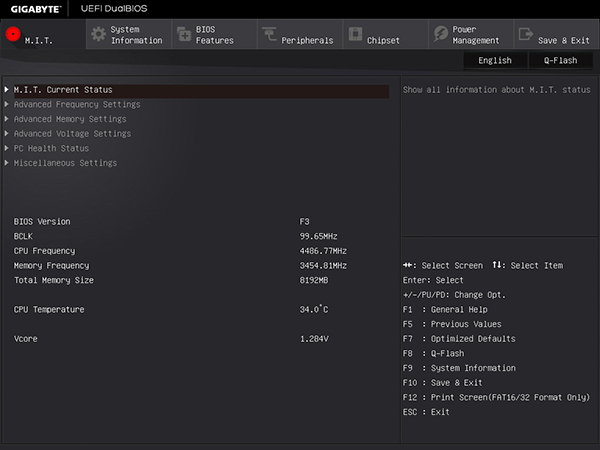
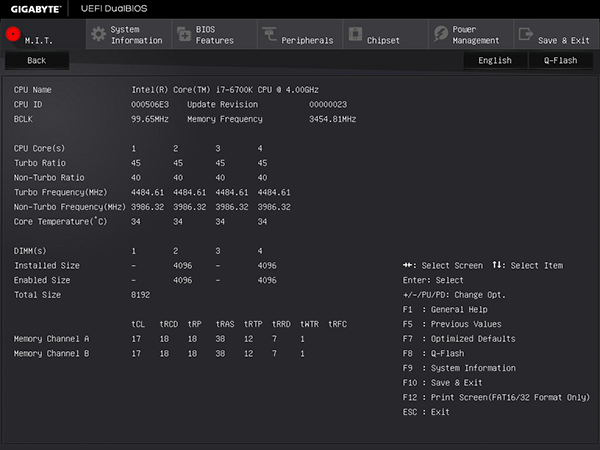
Both the CPU and DRAM ratio can be adjusted through the Advanced Frequency submenu, along with the BCLK that affects both of these things. The “Performance Upgrade” option at the top of this submenu includes a so-called 20% upgrade at 4.3GHz and 1.26V, a “40%” upgrade at 4.4GHz and 1.3V, a “60%” upgrade at 4.5GHz and 1.26V, an “80%” upgrade at 4.6GHz and 1.26V, and a “100%” upgrade at 4.7GHz and 1.26V. Those higher modes (60% and higher) didn’t work at all due to the low core voltage, and we’re pretty sure that 4.7GHz is not 100% faster than 4GHz.
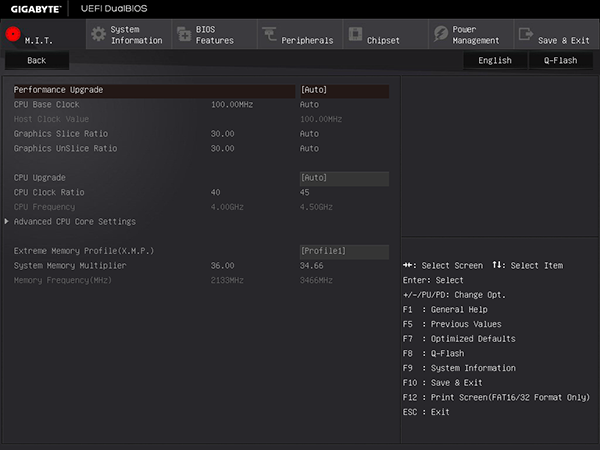
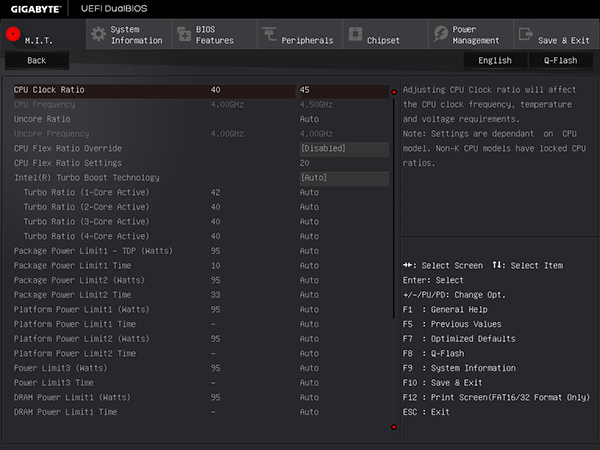
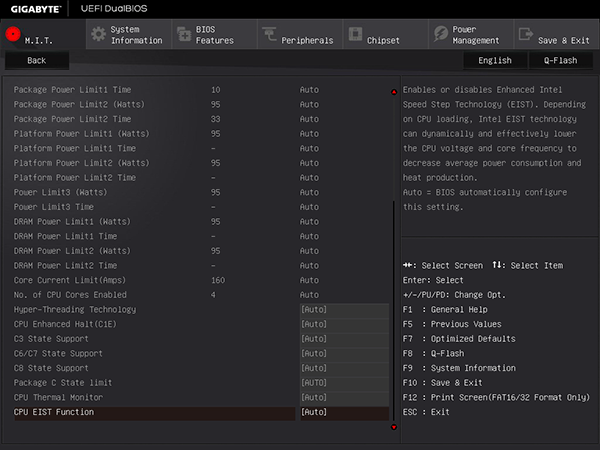
We were able to reach 4.5GHz and DDR4-3466 with our Intel Core i7-6700K and G.Skill DDR4-3600 samples. Motherboard over-current protection was the most likely reason our CPU didn’t clock to its customary 4.6GHz, and using the above “Percent upgrades” as a baseline didn’t help. Noting that 4.5GHz at 1.26V had already proven stable using the built in “60%” mode above, this motherboard sample wouldn’t push this CPU any higher when coupled with a 1.3V core setting.
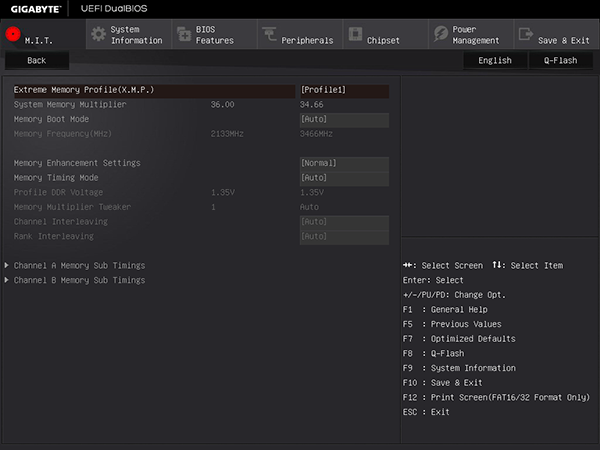
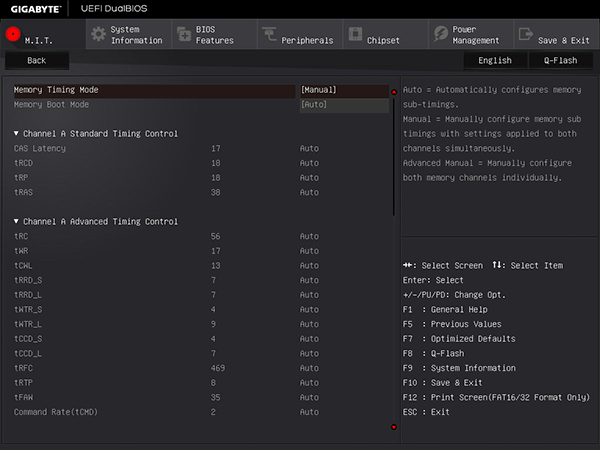
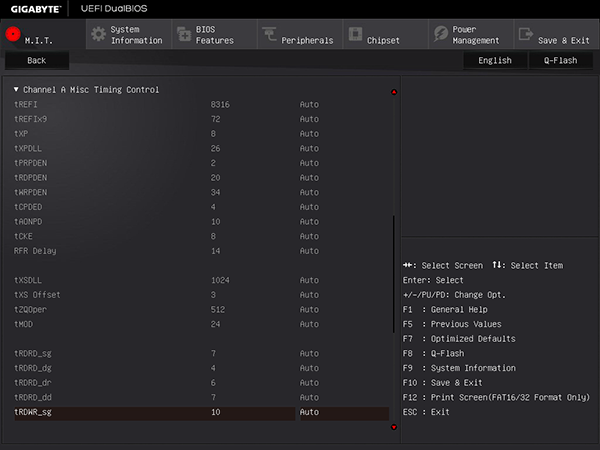
Notice that the main memory overclocking submenu has a “normal” setting under Memory Enhancement. The Z170-HD3 automatically chose “Enhanced Stability” mode when the memory’s XMP profile was initially selected, dropping DRAM performance by around 30% in SiSoftware Sandra bandwidth.
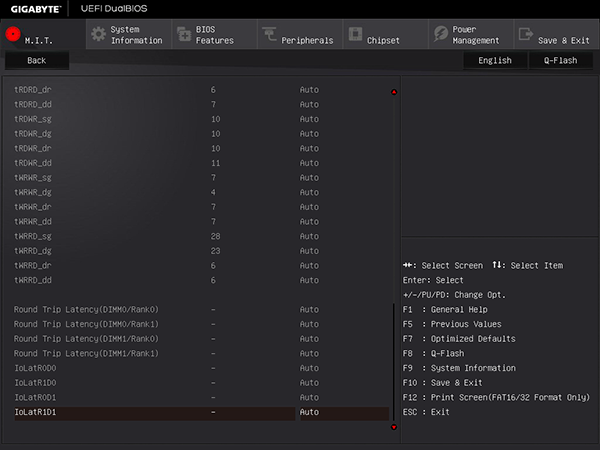
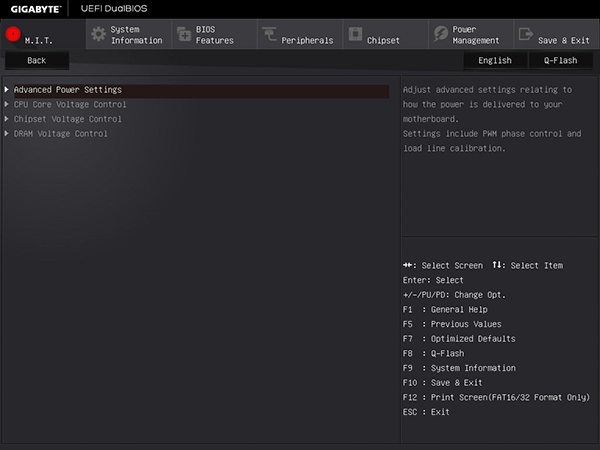
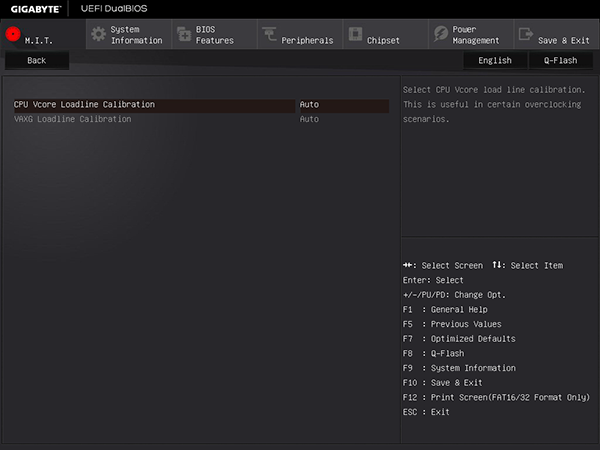
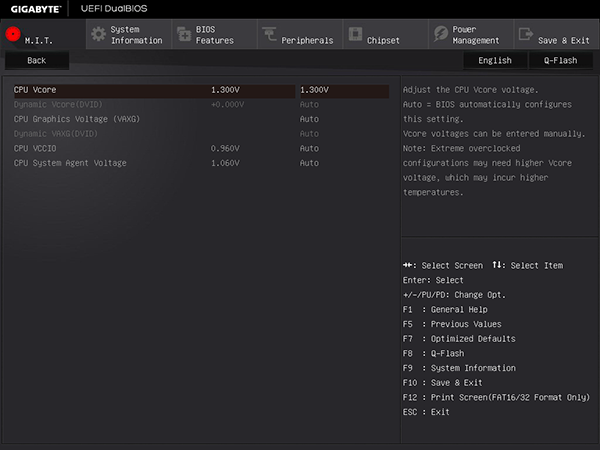
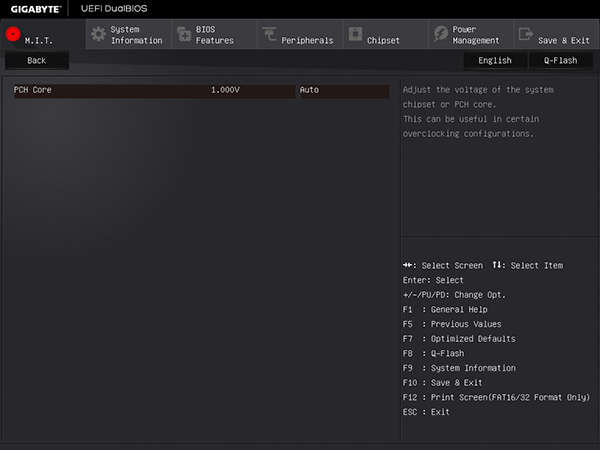
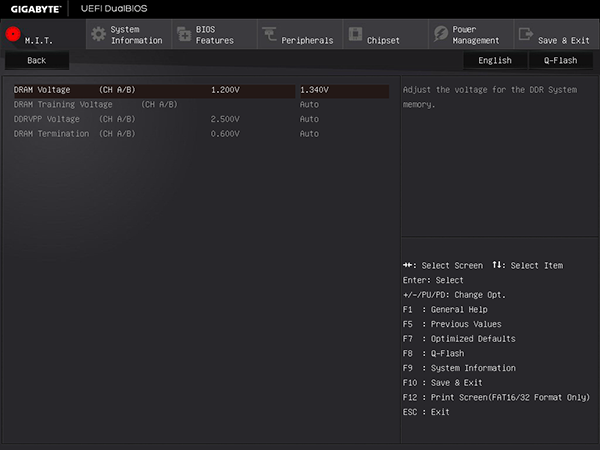
The Advanced Voltage Settings submenu opens to an annoyingly large array of submenus, each with just a few settings such as “Loadline Calibration”, an adjustment that helped keep CPU core voltage stable, but didn’t allow it to clock any higher. DRAM voltage levels are adjustable in 20mV steps, and while the 1.34V setting produced a 1.347V output that nearly matched our target, the next setting (1.36V) was too high to use in an apples-to-apples comparison.
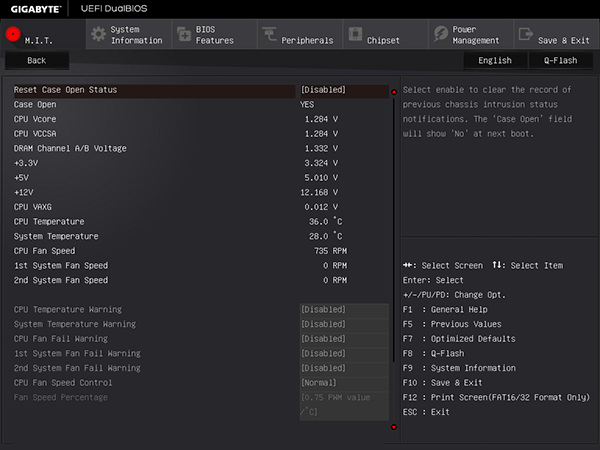
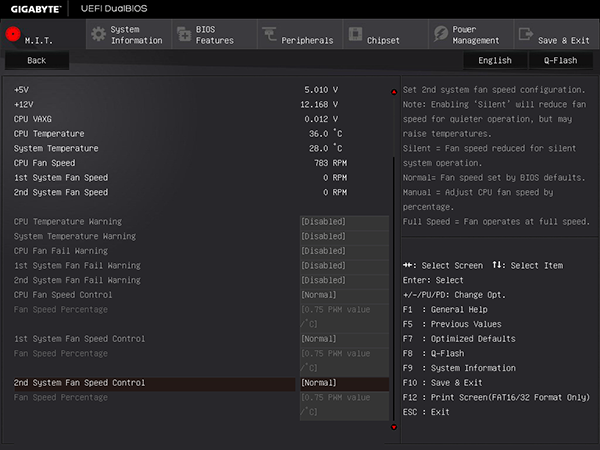
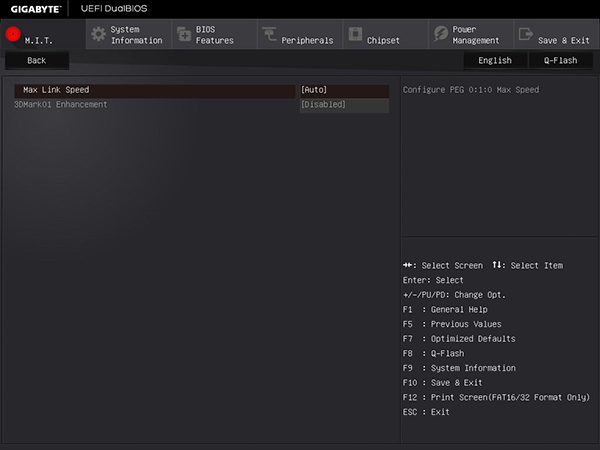
Other submenus include a system status page with most of the readings that I originally wanted to see in the SIV software interface. The Z170-HD3’s firmware is far better than its software at this point.
Get Tom's Hardware's best news and in-depth reviews, straight to your inbox.
